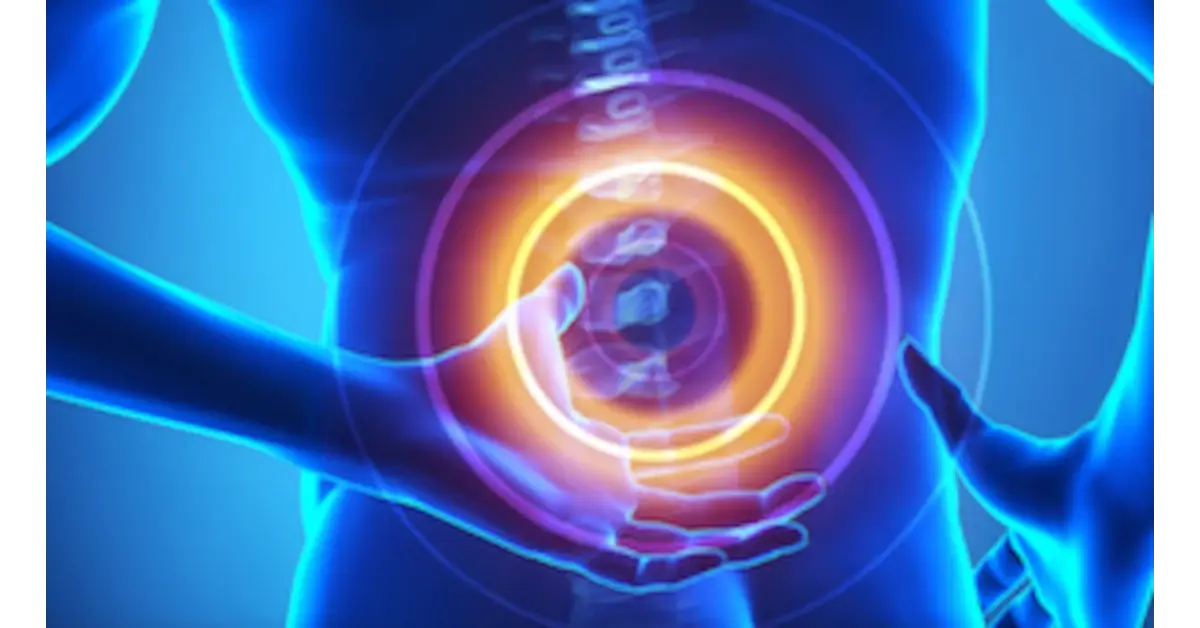Losing Weight To Reduce Back Pain
Do you suffer from back pain? You are not alone! Americans spend at least $50 billion each year on low back pain, the most common cause of job-related disability and a leading contributor to missed work, not to mention general life disruption. Back pain, the second most common neurological ailment in the United States, is surpassed only by headache pain.
Does Extra Weight Cause Back Pain?
Excess body weight, especially around the waist, may put strain on your back, although this has not been proved. While there is no definitive research that proves being overweight causes back pain, it makes logical sense based on clinical evidence. Medical experts will testify that they have not seen an overweight patient fail to find some relief simply by virtue of losing excess pounds.
According to the American Obesity Association, episodes of musculoskeletal pain, and specifically back pain, are prevalent among the nearly one-third of Americans who are classified as obese. Obesity doubles or triples the risk. But statistically, losing just 4 pounds takes 16 pounds of pressure off your spine. In a new study from Hong Kong (the obesity problem is worldwide), scans of 2,599 women and men revealed that piling on pounds increases the risk for degenerative disc disease by 30% to 79%. Overweight children are twice as likely to have early signs of disc disease — putting them on track for serious back problems in the future.
Why Does Extra Weight Cause Back Pain?
Consider that the spine is forced to support extra upper body weight. The spine is made up of more than 30 small bones called vertebrae stacked one on top of the other. A spongy piece of cartilage, called a disc, sits between each vertebra. It acts as a shock absorber, preventing the bony vertebrae from grinding against one another. The proper functioning of all of that anatomy is thus compromised by excess weight.
In an ideal situation, approximately 50% of the weight of the upper body rests on the lower back, while the other 50% is supported by the abdominal muscles. Extra pounds add strain to the muscles and ligaments in your back. Excess weight, specifically in the stomach area, can shift your center of gravity, causing your spine to become tilted and stressed unevenly, resulting in what is called lordosis (an increased curve in the lower back). Also, belly fat pumps out inflammatory chemicals that weaken discs. Other back conditions resulting from extra weight can include sciatica, a herniated disc, and nerve compression.
What Can You Do?
First, make an appointment with an orthopedic spine doctor. Your medical professional can provide a diagnosis of your back pain, as well as assist you not only by prescribing a safe weight loss program, but also in assessing other factors that may contribute to your pain. These range from genetic causes, to posture, and excess sitting/lack of general movement.
Losing weight is key. While it may be a challenge to lose weight, doing so will effectively reduce strain on your spinal column and on your back muscles. These structures will work less hard to help you perform everyday tasks. To this end, the North American Spine Society recommends staying within 10 pounds of your ideal weight in order to keep your back healthy.
Exercise is recommended for people with nearly all types of back pain, but some conditions warrant certain modifications for safety’s sake. Your medical professional can guide you in an exercise program. In addition to cardiovascular health, strength and flexibility exercises work toward developing balanced strength in the muscles that control the pelvis and trunk. This, in turn, can protect your back by facilitating an even wear and tear on your joints and by taking load off your spine.
In addition, movement through gentle exercise stimulates healing and a flow of nutrients within the spine. This is especially important for the spinal discs. Physical activity causes the discs to swell with water and then squeeze it out, which exchanges nutrients between the discs and other spinal structures. In those who fail to undergo sufficient physical activity, the spinal discs are deprived of these vital nutrients they need to stay healthy and functional.
Doctors, qualified trainers and physical therapists are great resources for an exercise plan. A routine of back-healthy activities may include stretching exercises, swimming, walking, and movement therapy to improve coordination and develop proper posture and muscle balance. Yoga is another way to gently stretch muscles and ease pain. Any mild discomfort felt at the start of these exercises should disappear as muscles become stronger. In the event of any continuing pain or difficulty, close consultation with your doctor and other experts can advise you and assure you are performing any exercises correctly.
The Center For Musculoskeletal Disorders in NYC, Queens and Englewood
If you have been experiencing back pain, it may be time to see an orthopedic specialist. Our team of interventional spine doctors and spinal surgeons diagnose, evaluate and treat spinal disorders and injuries using non-surgical and surgical methods. Most patients experiencing back pain will benefit from a combination of conservative treatments. Call us today and schedule an appointment at one our Orthopedic Centers.

